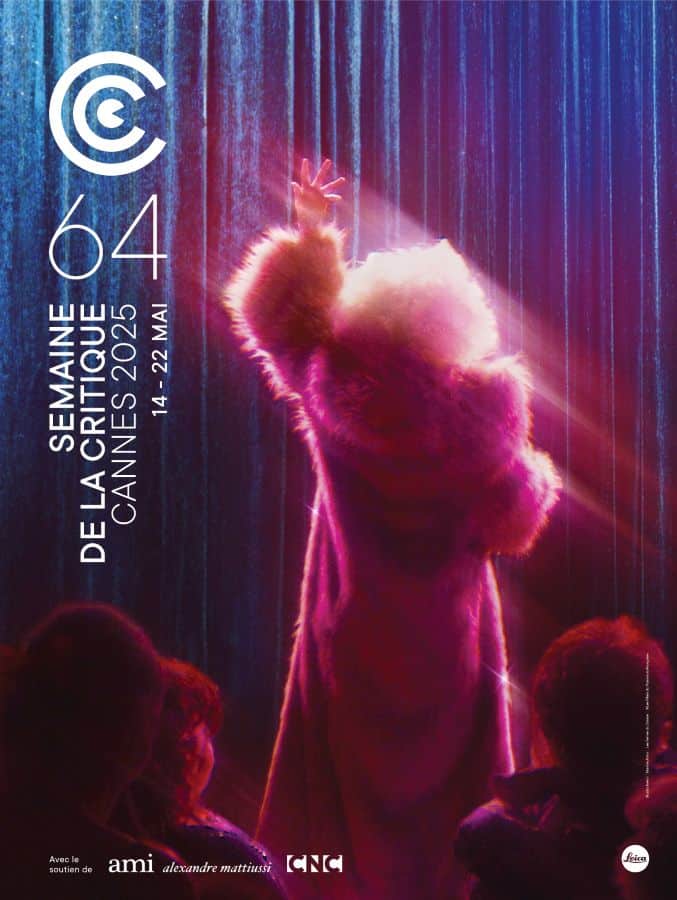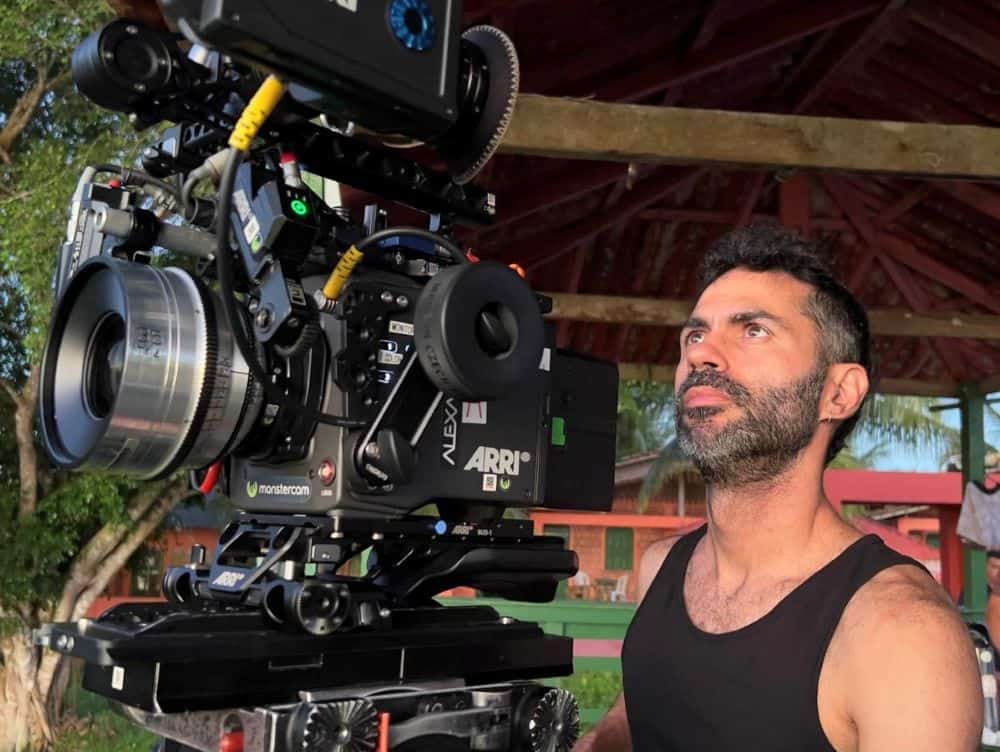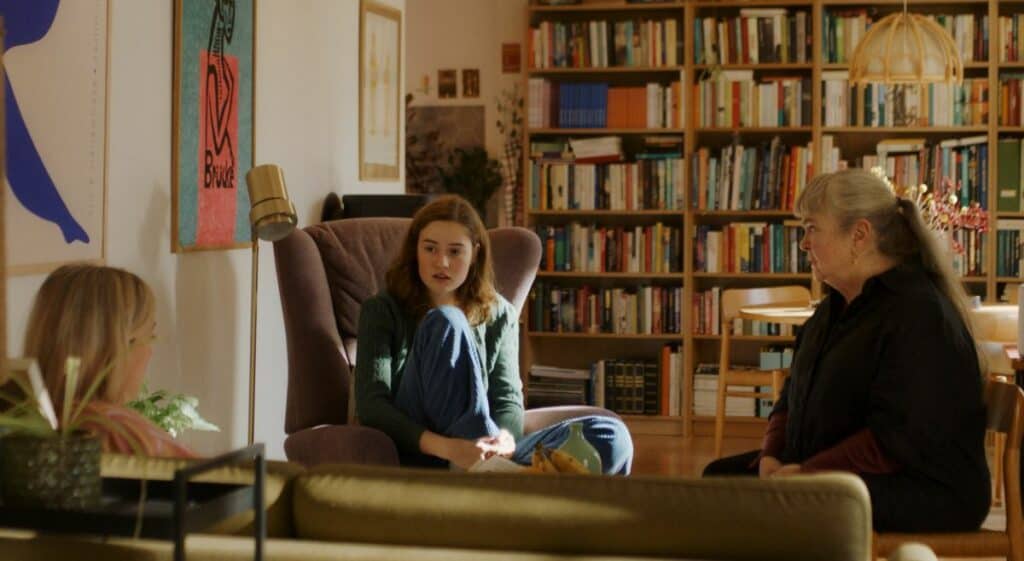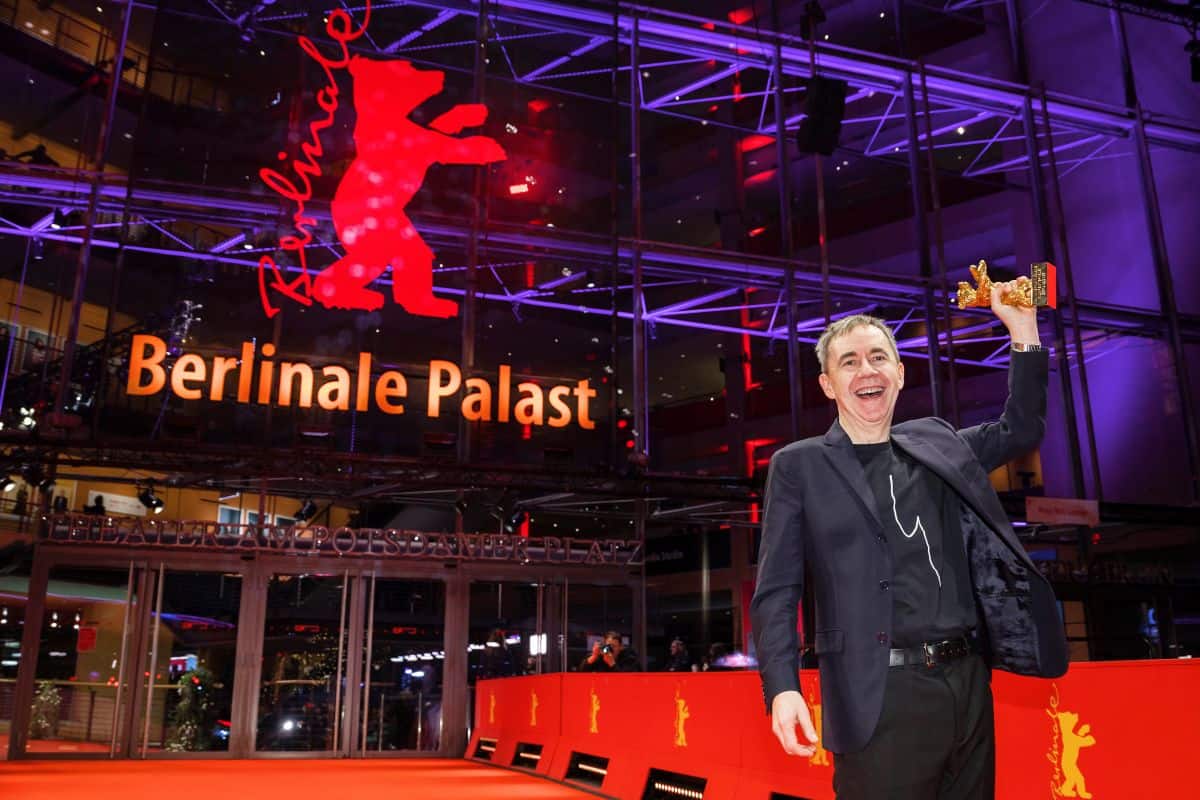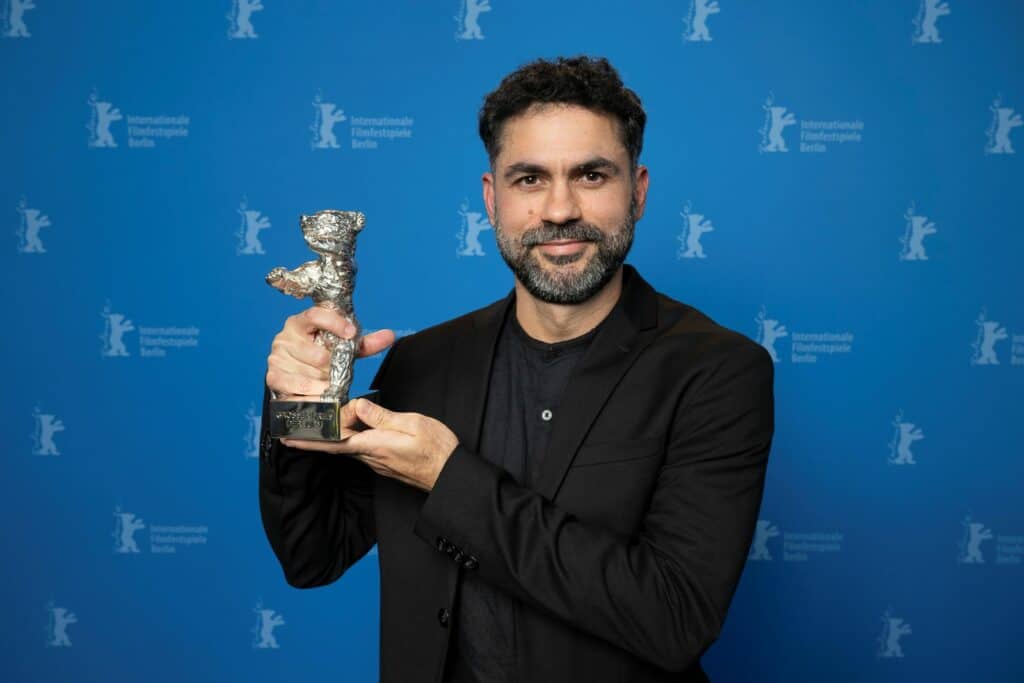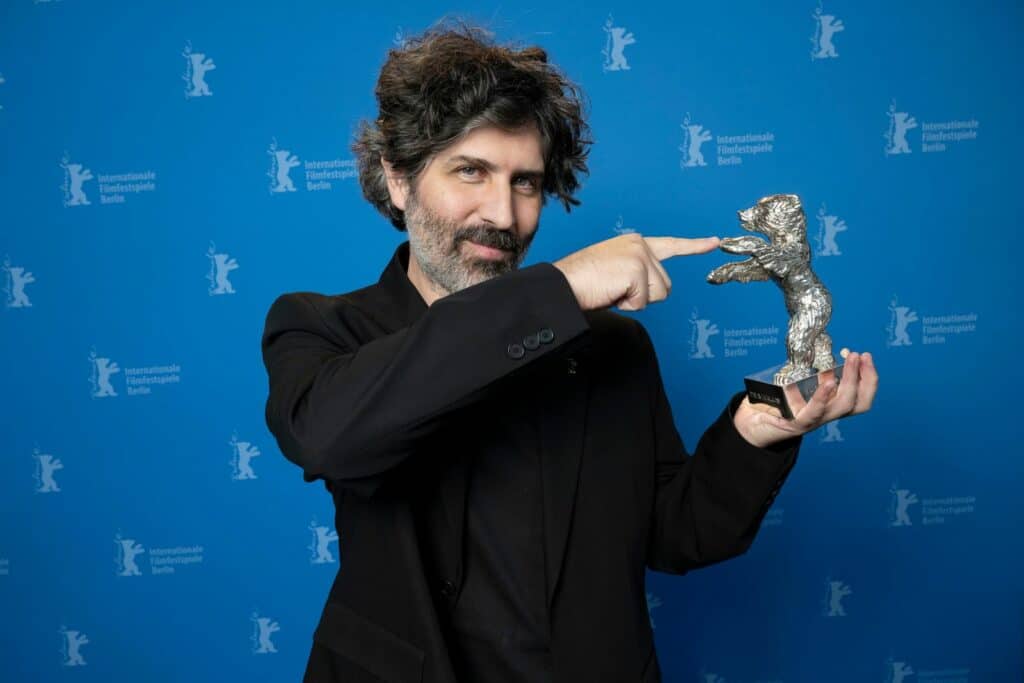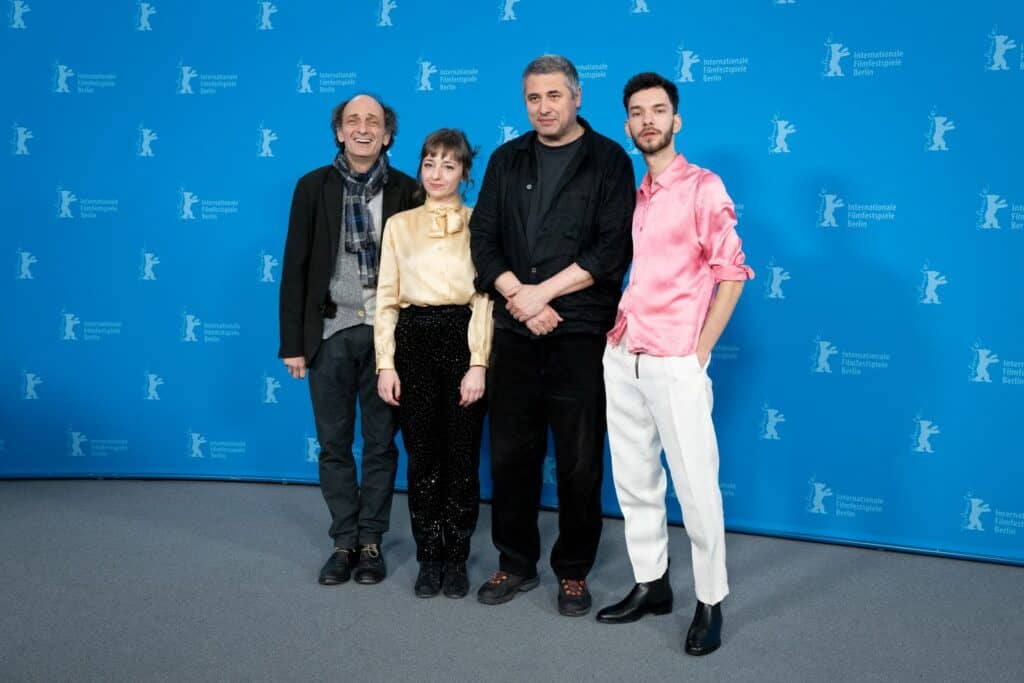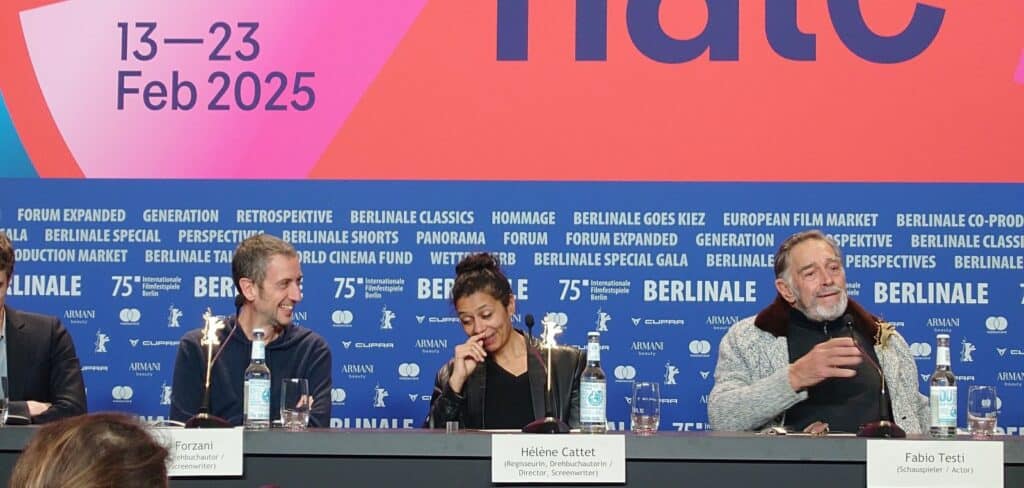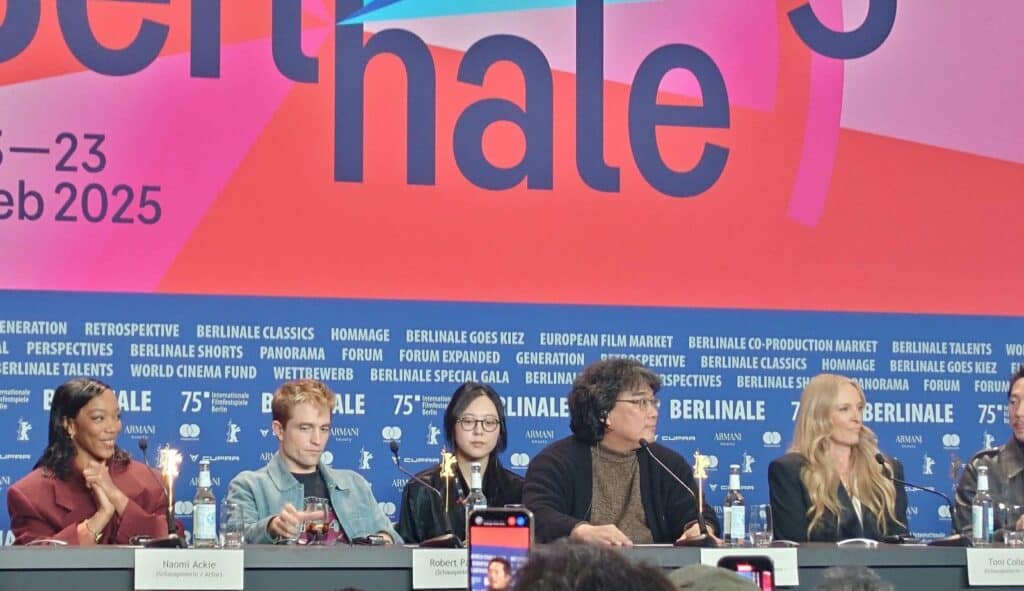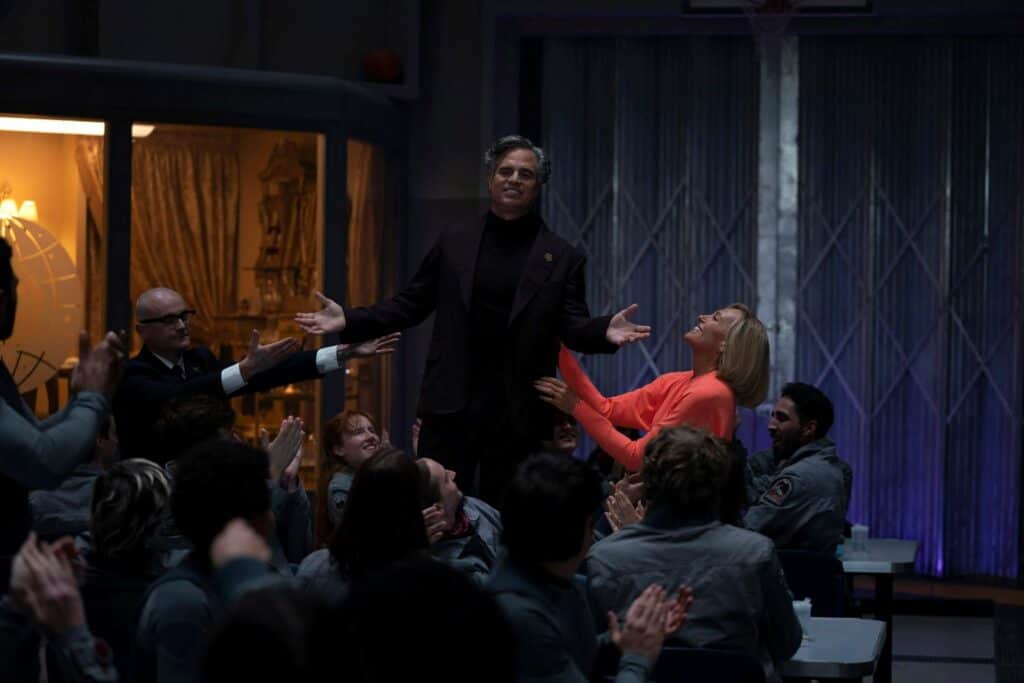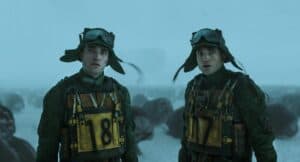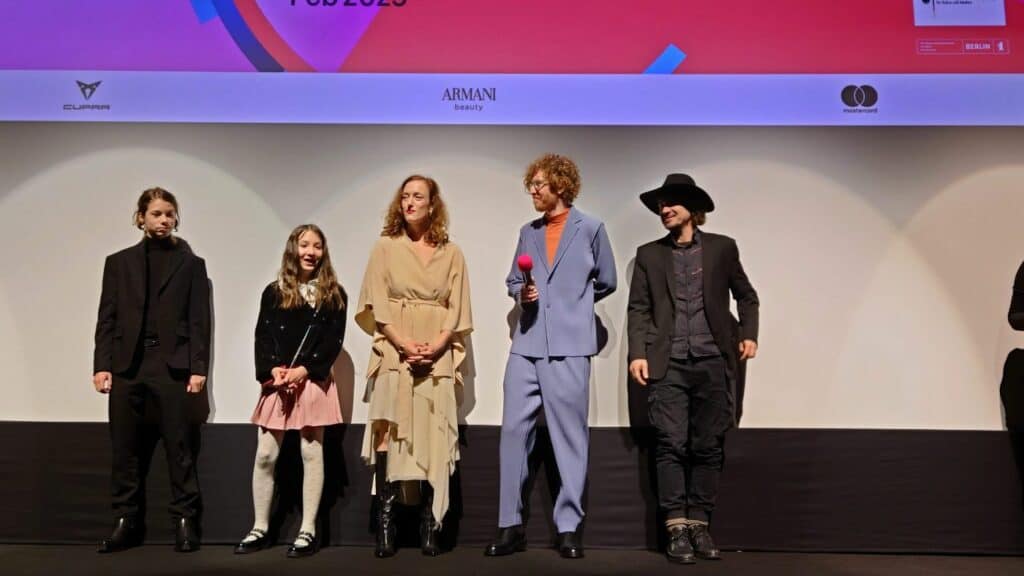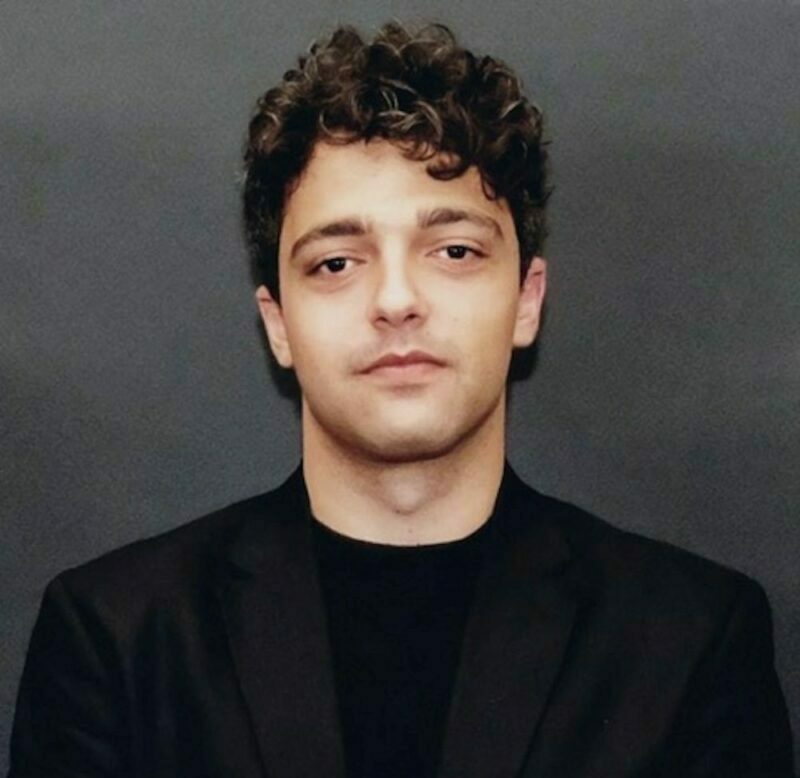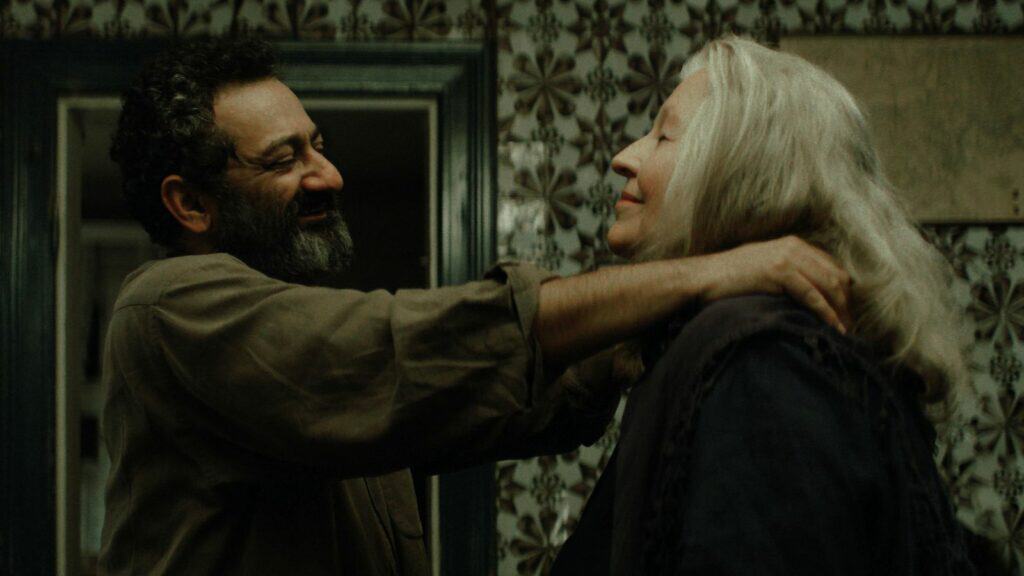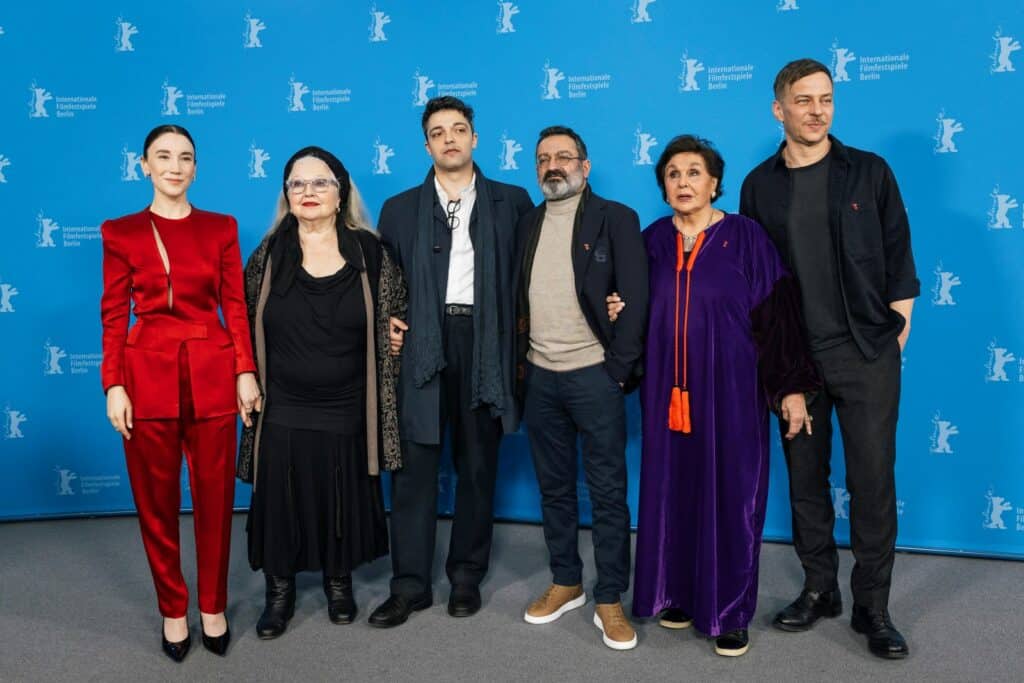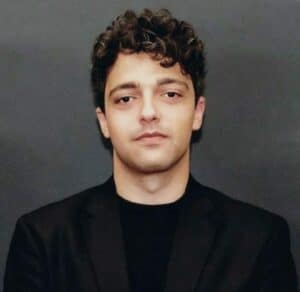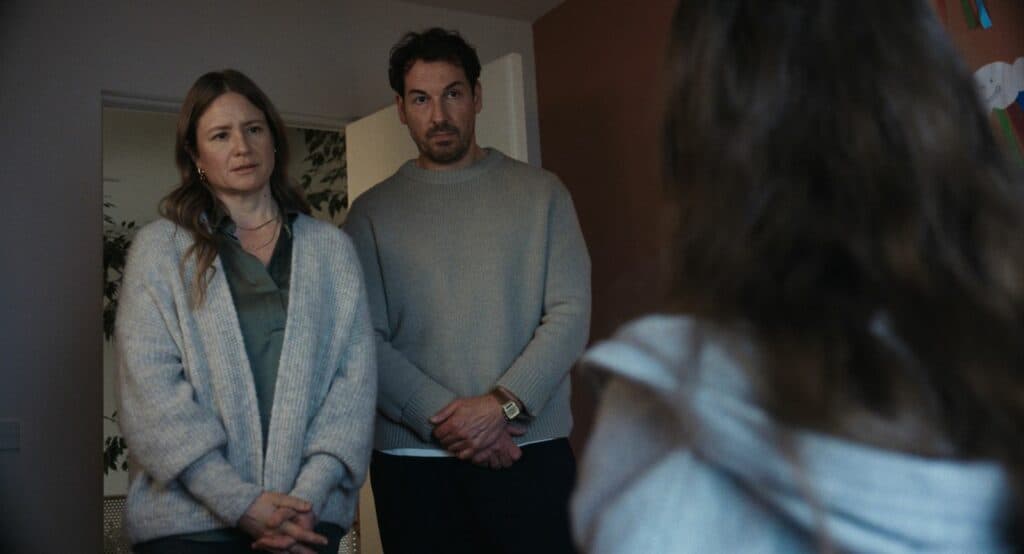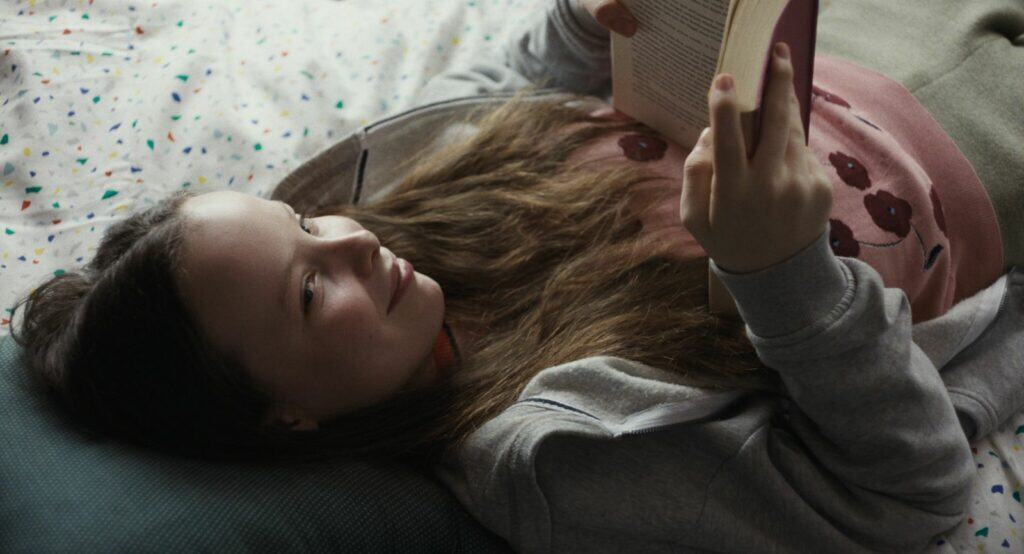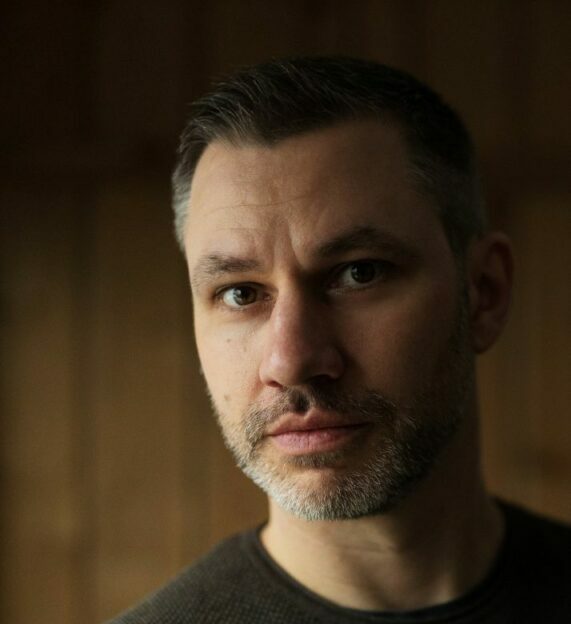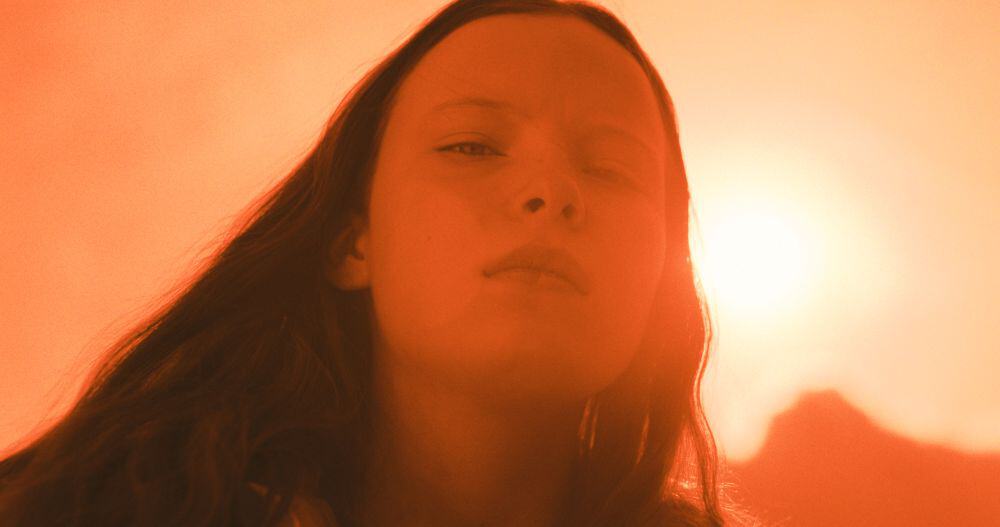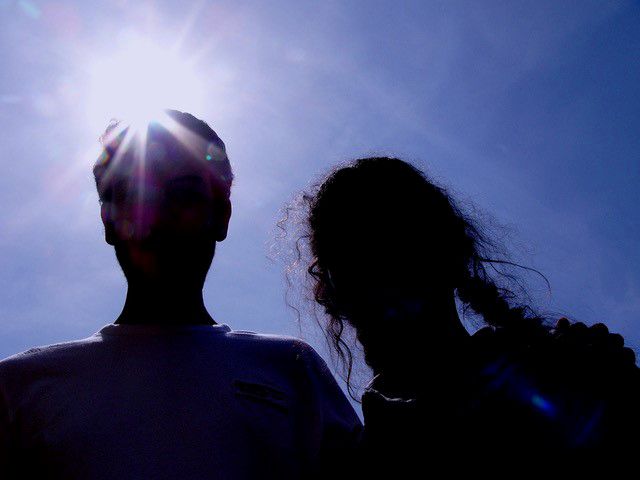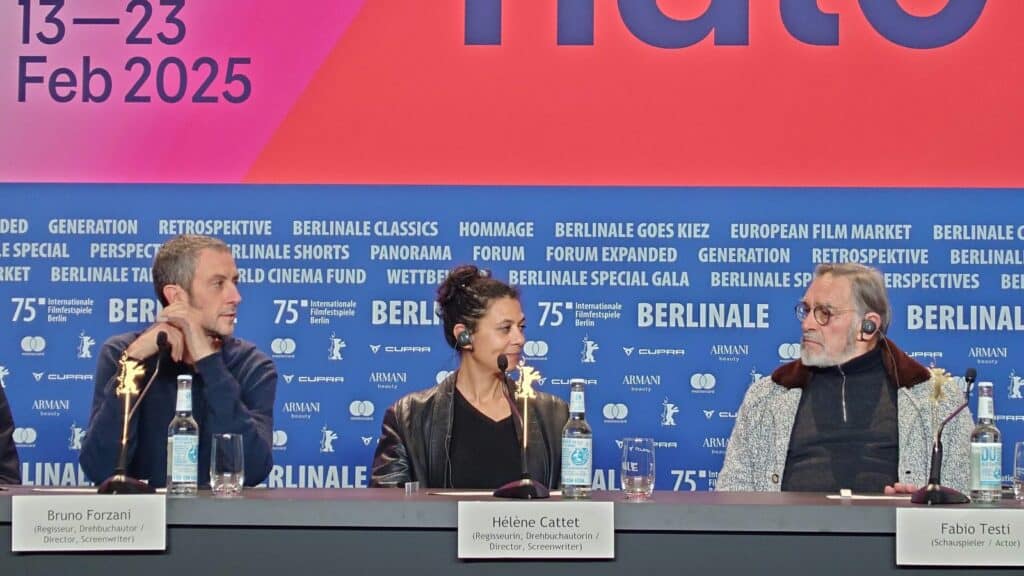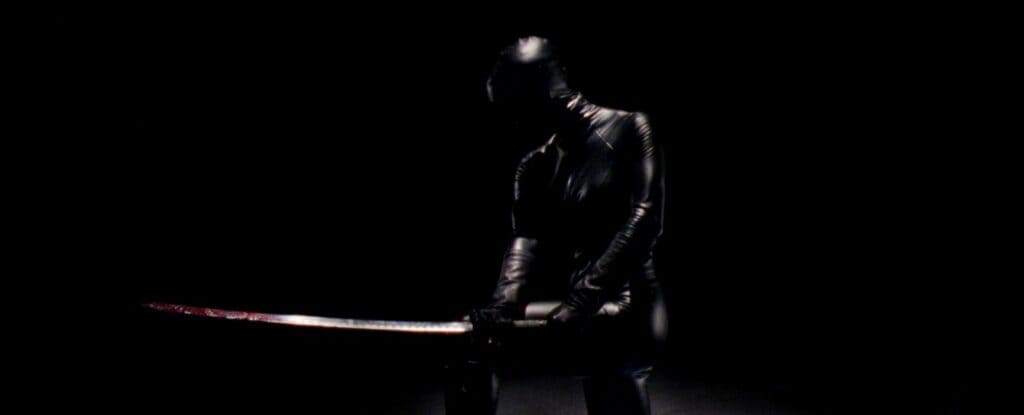Semaine de la Critique 2025 When I’m 64
This year marks the 64th edition of the Semaine de la Critique (labelled Critics’ Week by those who don’t habla), the section dedicated to first and sophomore works. This parallel section, organized by the French Union of Film Critics, continues its tradition of discovering and championing new voices in global cinema. Under the artistic direction of Ava Cahen, now in her fourth year, Critics’ Week remains a haven for first and second feature films. This year’s selection was presented earlier today, comprising 11 films, seven of which are in the competition.
The Opening Film this year is Adam’s Interest (L’intérêt d’Adam) by Laura Wandel. Her first film, Playground (Un monde), piqued some people’s interest in the 2021 Un Certain Regard and won the FIPRESCI prize. That the sophomore film lands in Semaine de la Critique instead feels like a demotion. Starring Léa Drucker and Anamaria Vartolomei, the film deals with a mother seemingly unable to care for her malnourished son. The other special screenings are all French. Baise-en-ville, directed by and starring Martin Jauvat, is described as a working-class comedy. Whether Baise-En-Ville is adjacent to Ennui-sur-Blasé is not confirmed at the time of writing, even though I went through the entire battle dispatch.
Love Letters (Des preuves d’amour) is the debut feature by Alice Douard. The story revolves around Céline, who is expecting her firstborn. But she’s not the one who’s pregnant. In three months, her wife Nadia will give birth to their daughter. The closing film is Dandelion’s Odyssey (Planètes), which follows four dandelion achenes that survive a series of nuclear explosions destroying Earth.
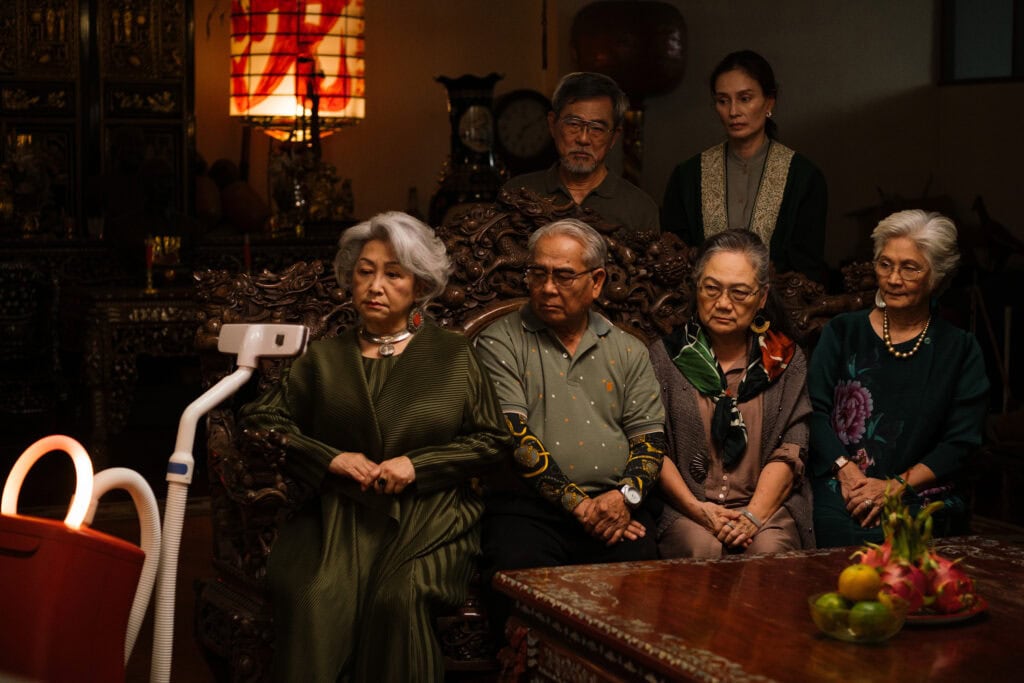
Regarding the competition films, we find the Thai film Useful Ghosts about a man whose deceased wife returns by possessing a vacuum cleaner. It is directed by Sleepless City (Ciudad Sin Sueño) is Guillermo Galoe’s first feature set in the biggest slum in Europe on the outskirts of Madrid. The cinematography is by the masterful Rui Poças. Kika is Alexe Poukine’s first film about a social worker suddenly struck by tragedy. Yet another first feature is Imago by Déni Oumar Pitsaev, an autobiographical documentary set in Georgia. Left-Handed Girl by Shih-Ching Tsou takes place in Taipei after a mother and her two daughters return there after living in the countryside.

Nino, by debutant Pauline Loquès, is set during three days when the titular character wanders around the streets after losing his keys. Finally, Sven Dresser’s Rietland (Reedland) portrays the reed-cutter Johan, who becomes obsessed with the murder of a teenage girl.
The Semaine de la Critique 2025 will take place from May 14 to 22. The jury president, Rodrigo Sorogoyen, will be joined by Jihane Bougrine, French-Canadian cinematographer Josée Deshaies, Indonesian producer Yulia Evina Bhara, and Oscar-winning British actor Daniel Kaluuya.
